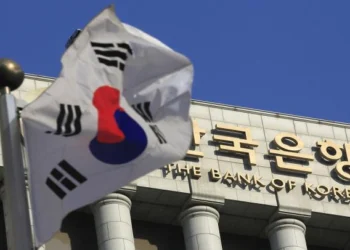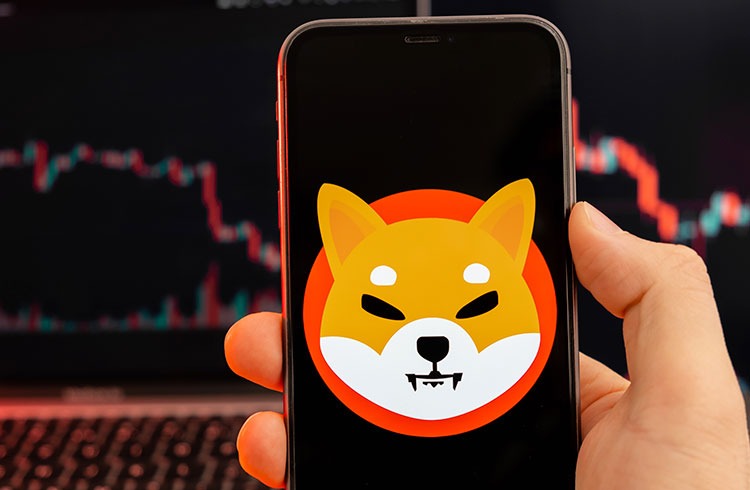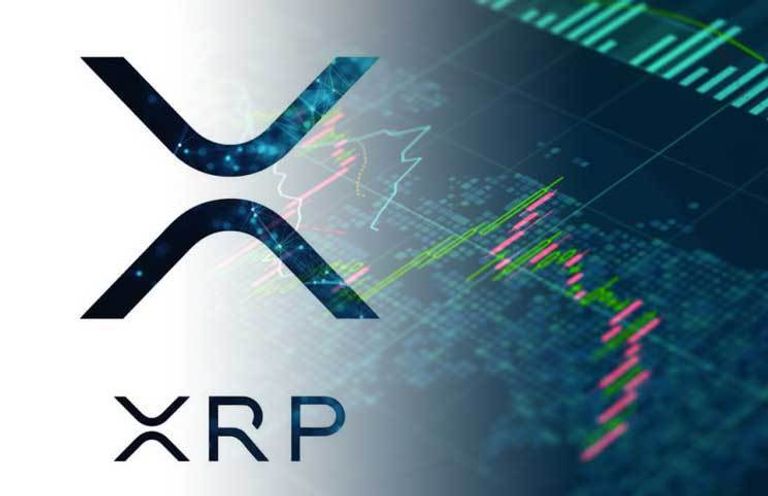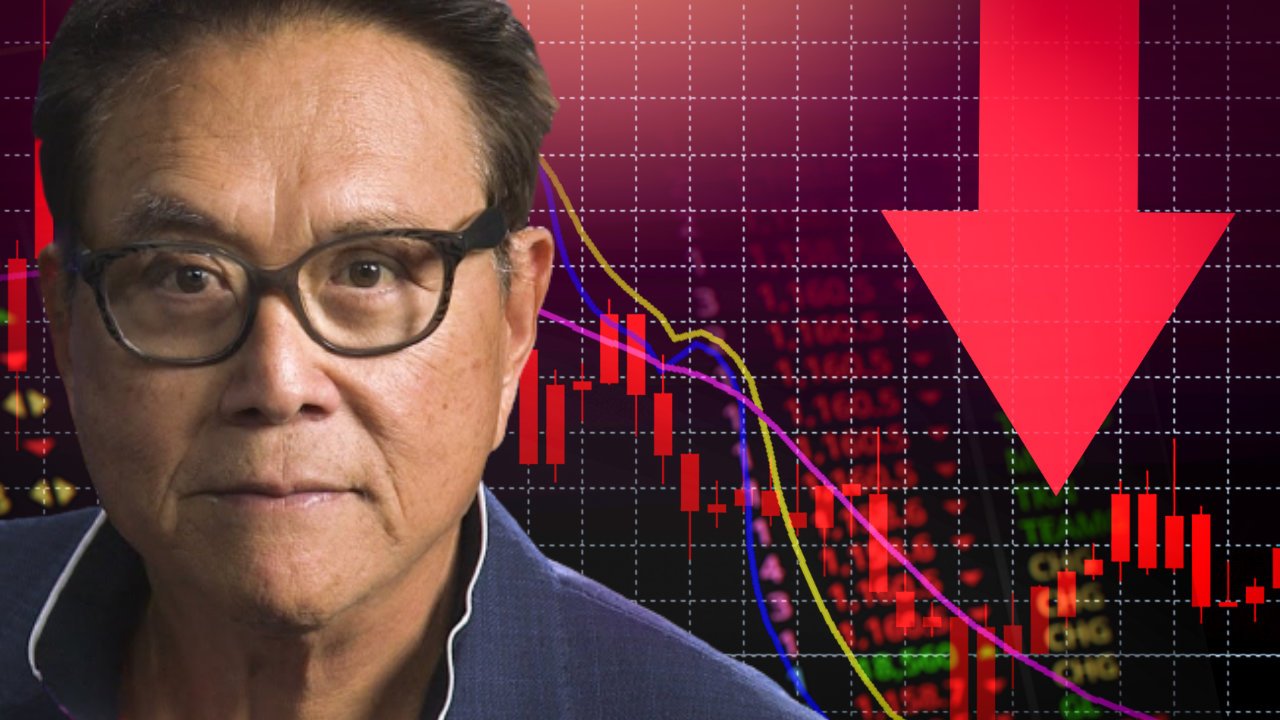Ethereum co-founder Vitalik Buterin recently shared his ambitious plans for the blockchain’s evolution, highlighting the upcoming “Surge” upgrade. This phase promises to have a profound impact on the future of the network.
In the white paper published on October 17, Buterin outlined bold goals: to make Layer 2 (L2s) networks not only faster, but also interoperable.
In practice, it seeks a crucial breakthrough in scalability, targeting the impressive milestone of 100,000 transactions per second (TPS). If achieved, this number could redefine the efficiency of the entire blockchain ecosystem.
But it’s not just a matter of speed. The real challenge, and one that deserves attention, is the integration of L2 solutions, which are often fragmented, with the Ethereum network itself. By eliminating these barriers, the blockchain will be able to operate more cohesively, something that has long been expected in the market.
The Future of L2s and Interoperability on Ethereum
Today, layer-2 solutions (L2s) are playing a crucial role in enabling faster and more cost-effective transactions outside the main blockchain (Layer 1) without compromising the security of the original network.
However, this advancement has brought to light considerable challenges, such as limited communication between the different L2s and a user experience that still leaves much to be desired in terms of simplicity.
Vitalik Buterin pointed out that in order for the network to reach the impressive milestone of 100,000 transactions per second (TPS), it is essential to improve interoperability between layers. Only then will Ethereum be able to function as a truly cohesive ecosystem.
With more efficient integration, the process of transferring tokens between different L2s will be much faster and less complicated, eliminating the need for manual bridges or token conversions just to pay transaction fees.
Buterin Bets on Rollups for Ethereum’s Future, Despite Critics
With the proposal of a “rollup-centric roadmap”, Vitalik Buterin has already started to reap rewards, especially with the introduction of the Dencun update.
This shift has brought important innovations, such as reduced data costs and more affordable fees on layer 2 (L2) networks. These advances, in fact, signal a step forward for the Ethereum ecosystem.
On the other hand, critics raise relevant concerns, warning of the possible diversion of users and revenues from the main network, which could generate new security risks.
That said, Buterin seems to be quite confident in his strategy. He firmly believes that rollups, whether Optimistic or ZK-rollups, are the most efficient answer to scaling Ethereum in the long run.
These rollups process transactions outside of the main blockchain, but without compromising security, a central point in Buterin’s vision.
In short, the goal is to enable these L2 solutions to inherit, in an increasingly complete way, the fundamental properties of the main network, ensuring robustness and efficiency as the technology evolves.
Buterin wants more transactions and fewer intermediaries
Vitalik Buterin acknowledges, however, that substantial technical challenges will need to be overcome. These include data availability sampling, information compression, and evolving rollups to become more “trustless,” meaning less dependent on intermediaries.
The feeling is that technology is still in a race to reach a level of maturity that allows for sustainable growth.
Additionally, Buterin suggests increasing the Ethereum network’s gas limit . This could be an important step towards enabling a higher volume of transactions directly on the main blockchain.
However, there is one concern that cannot be ignored: the risk of centralization. With high costs for validators, only large players could remain on the network, which would end up going against Ethereum’s own decentralizing philosophy.
Another crucial aspect highlighted by Buterin is user experience. Today, navigating between different Layer 2 (L2s) solutions can be complicated, which puts off both newbies and experienced users.
Its proposal is to better integrate these networks, creating a feeling that the user is operating in a single fluid and cohesive ecosystem, rather than different isolated blockchains.


























